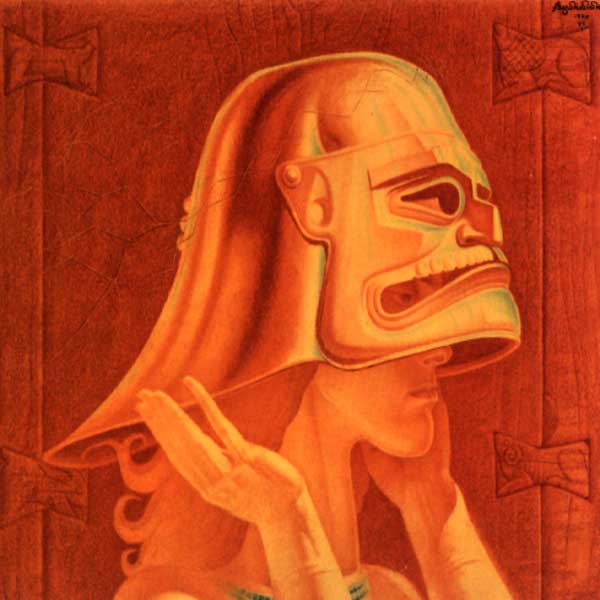“This book is the story of two journeys, one through a remote, largely forgotten part of central South America, the other through the thickets of the vast, sometimes impenetrable literature which surrounds Friedrich Nietzsche: both were in search of his sister, Elisabeth… The story of Elisabeth Nietzsche is important partly because of the effect she had on her brother and his philosophy, both during his life and most emphatically after his death. She made him famous and she made him infamous; with her connivance, his name became associated with Nazism; but without her, he might never have been heard of at all outside a small circle of scholars. But her life is also illuminating in itself. Her ideas foreshadowed one of the darkest periods in human history, but for more than 40 years she enjoyed fame and wealth as one of Europe’s foremost literary figures; no woman, except perhaps Cosima Wagner, was more celebrated in the cultural world of prewar Germany…
Most fascinating of all to me was the unwritten story of New Germany, the racist colony Elisabeth helped to found in the middle of South America over a century ago. That community was a reflection and realization of those beliefs—anti-Semitism, vegetarianism, nationalism, Lutheranism—which Elisabeth shared with her husband, Bernhard Förster, one of the most notorious anti-Semitic agitators of his day. Elisabeth later tried to graft these ideas on to Nietzsche, the anti-anti-Semite, anti-nationalist and self-proclaimed ‘Anti-Christ.’ A measure of her success is the fact that Nietzsche’s name has still not fully shaken off the taint of fascism.”
Publisher: HarperCollins
Paperback: 256 pages
Illustrated

